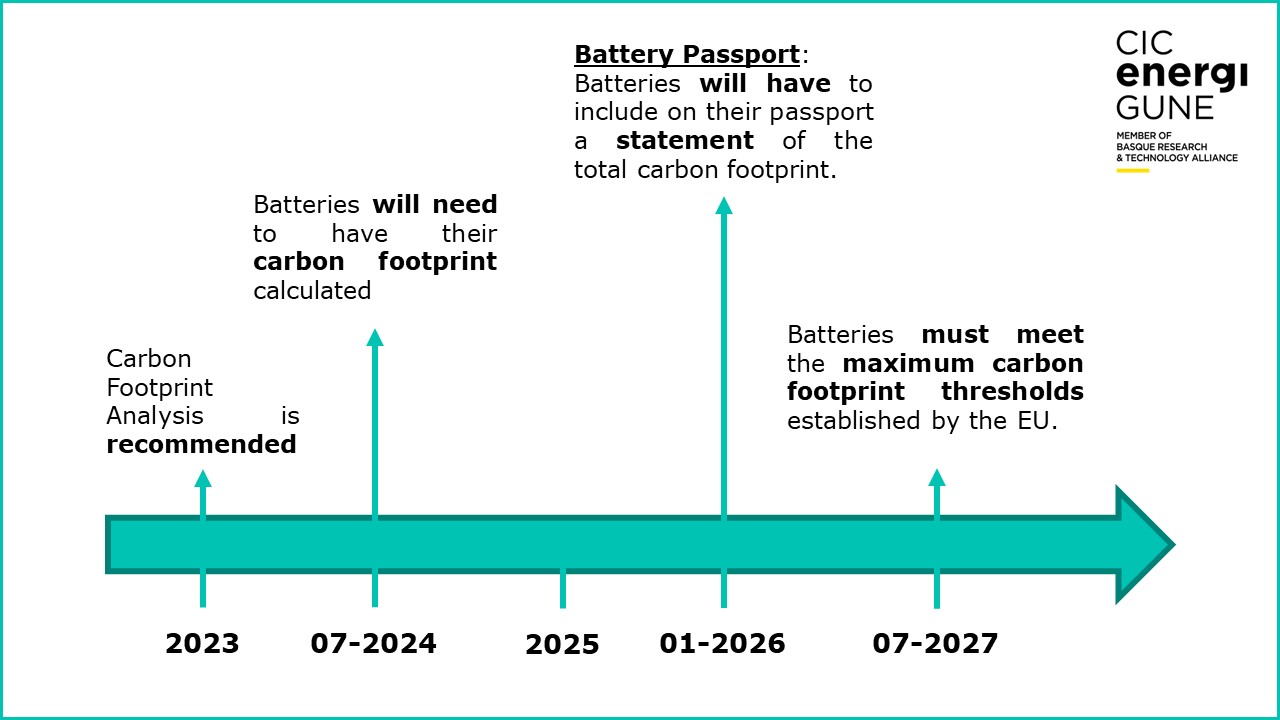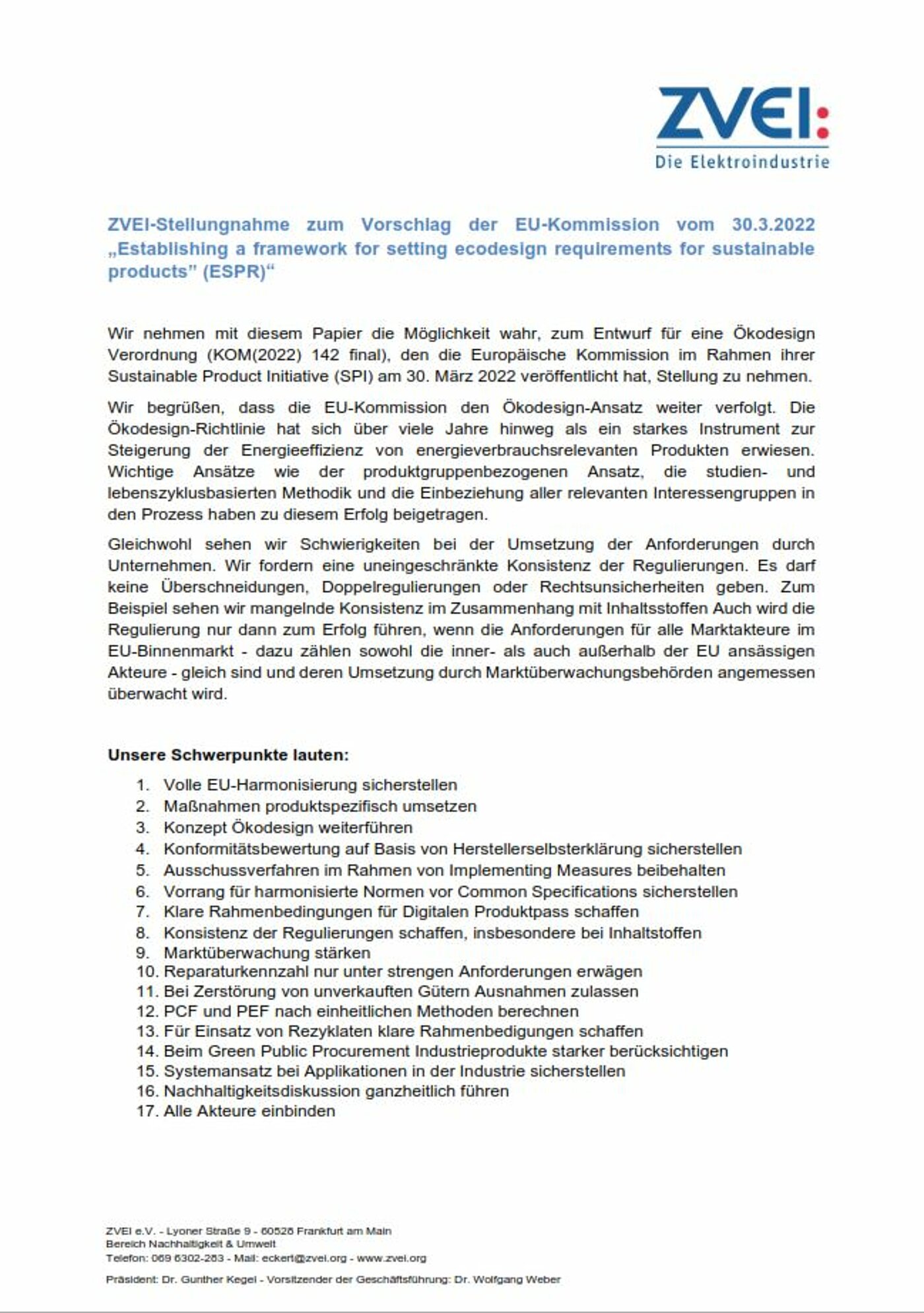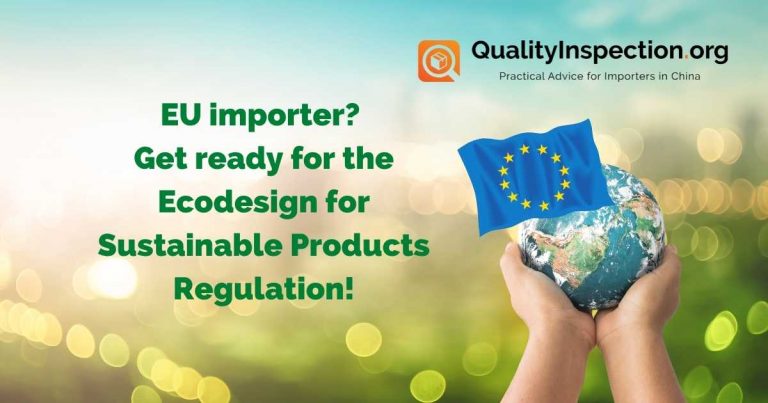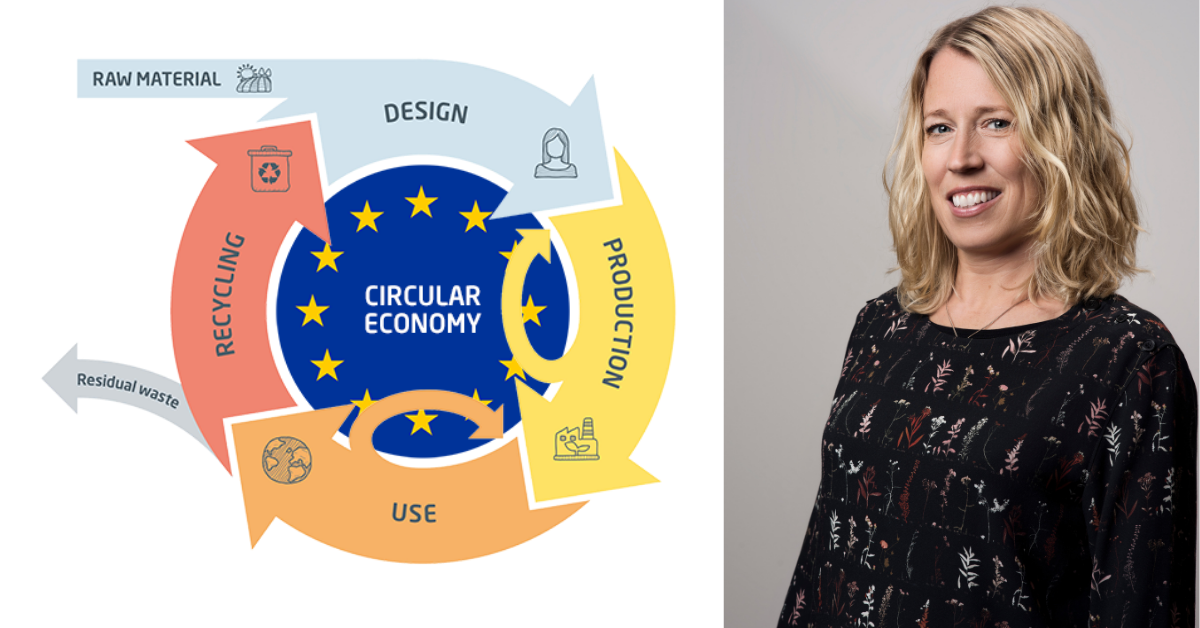Espr Regulation : What it is
The EU's proposed Ecodesign for Sustainable Products Regulation (ESPR) is an important step towards creating a more sustainable and eco-friendly future. With its aim to promote the design of products that have a lower environmental impact throughout their lifecycle, this regulation holds great promise in reducing carbon footprints and ensuring a greener planet for future generations.
The Importance of Determining the Carbon Footprint and Environmental Impact

Determining the carbon footprint and environmental impact of products is crucial in understanding the true cost of their production and usage. By quantifying the greenhouse gas emissions and other environmental effects associated with each product, we can make informed decisions and take necessary actions to minimize their negative impact.
The EU's Ecodesign for Sustainable Products Regulation (ESPR)

The EU's Ecodesign for Sustainable Products Regulation (ESPR) aims to regulate and promote the design and manufacturing of sustainable products in the European market. It focuses on creating products that are energy-efficient, resource-efficient, and have a reduced environmental impact throughout their lifecycle.
How Does the ESPR Regulation Work?
The ESPR Regulation sets out minimum environmental performance requirements for a wide range of product categories, including household appliances, electronics, lighting, and heating systems. It establishes mandatory eco-design standards that manufacturers must comply with in order to market their products within the European Union.
1. Energy Efficiency Requirements
The ESPR Regulation places a strong emphasis on energy efficiency. It sets specific energy efficiency requirements for different product categories, ensuring that only energy-efficient and environmentally-friendly products are allowed on the market.
2. Resource Efficiency Requirements
Besides energy efficiency, the ESPR Regulation also addresses resource efficiency. It encourages manufacturers to design products that use fewer raw materials, reduce waste, and are easier to recycle or repair. By promoting a circular economy model, the regulation aims to minimize resource depletion and landfill waste.
3. Reduction of Hazardous Substances
The ESPR Regulation also addresses the use of hazardous substances in products. It sets limits on the presence of harmful chemicals such as lead, mercury, and flame retardants, ensuring that products are safe for consumers and the environment.
FAQ Section
Q: How does the ESPR Regulation benefit consumers?
A: The ESPR Regulation benefits consumers by ensuring that the products they purchase are energy-efficient, durable, safe, and have a reduced environmental impact. This not only saves consumers money on energy bills but also contributes to a greener and more sustainable future.
Q: How does the ESPR Regulation impact manufacturers?
A: The ESPR Regulation imposes mandatory eco-design standards on manufacturers, which may require them to redesign their products to meet the regulation's requirements. While this may initially increase manufacturing costs, it presents an opportunity for manufacturers to innovate and create more sustainable products, gaining a competitive advantage in the market.
Q: What are the penalties for non-compliance with the ESPR Regulation?
A: Non-compliance with the ESPR Regulation can result in penalties and fines for manufacturers. The severity of the penalties depends on the specific regulations violated and the extent of non-compliance. Additionally, non-compliant products may be prohibited from being sold within the European Union.
In conclusion, the EU's proposed Ecodesign for Sustainable Products Regulation (ESPR) is a significant step towards promoting sustainability and reducing the environmental impact of products. By implementing energy and resource efficiency requirements, as well as regulating the use of hazardous substances, the ESPR Regulation aims to create a greener future for all. By supporting this regulation and making informed purchasing decisions, we can all contribute to building a more sustainable and eco-friendly world.
The EU's Proposed Ecodesign For Sustainable Products Regulation (ESPR
 Image Source : www.youtube.com
Image Source : www.youtube.com Importance Of Determining The Carbon Footprint And Environmental
 Image Source : cicenergigune.com
Image Source : cicenergigune.com ZVEI-Stellungnahme Zum Entwurf Der Ecodesign For Sustainable Products
 Image Source : www.zvei.org
Image Source : www.zvei.org EU Importer? Get Ready For The Ecodesign For Sustainable Products
 Image Source : qualityinspection.org
Image Source : qualityinspection.org Sustainability Archives - QualityInspection.org
 Image Source : qualityinspection.org
Image Source : qualityinspection.org Ecodesign For Sustainable Products Regulation (ESPR) - Swedish Forest
 Image Source : www.forestindustries.se
Image Source : www.forestindustries.se Ecodesign For Sustainable Products Regulation (ESPR) – EURACTIV.com
 Image Source : www.euractiv.com
Image Source : www.euractiv.com Position On The Ecodesign Requirements For Sustainable Products
 Image Source : www.svensktnaringsliv.se
Image Source : www.svensktnaringsliv.se Sustainability archives. Eu importer? get ready for the ecodesign for sustainable products. Zvei-stellungnahme zum entwurf der ecodesign for sustainable products. Ecodesign for sustainable products regulation (espr). Importance of determining the carbon footprint and environmental